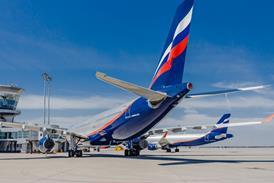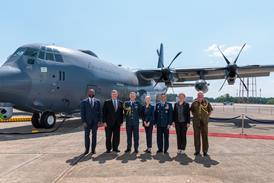THE US NATIONAL Transportation Safety Board (NTSB) says that the flight-deck crew and air-traffic controllers share the responsibility for the wind shear-induced crash of a USAir McDonnell Douglas DC-9 in 1994.
Investigators say that the DC-9-31 pilots flew directly into a severe storm cell at Charlotte, North Carolina, about which they knew, although the investigators also say that controllers failed to give the crew vital weather information. The 2 July crash killed 37 of the 50 passengers, but the crew survived.
The probable-cause determination was immediately criticised by both the Airline Pilots Association (ALPA) and the National Air Traffic Controllers Association (NATCA).
The report cites the flight-deck crew's decision to continue the approach into a microburst and its failure to recognise wind shear. The crew is also faulted for failing to maintain the proper aircraft-attitude and thrust-setting to escape the wind shear.
Contributory factors to the accident were the lack of air-traffic-control procedures to display and issue ASR-9 radar weather information to the pilots, inadequate actions by USAir to ensure adherence to standard operating procedures, and inadequate software logic in the aircraft's wind-shear-warning system.
A Raytheon Terminal Doppler Weather Radar, had not been installed at Charlotte as scheduled, but says the Board, would have provided controllers with the weather data needed.
Source: Flight International























